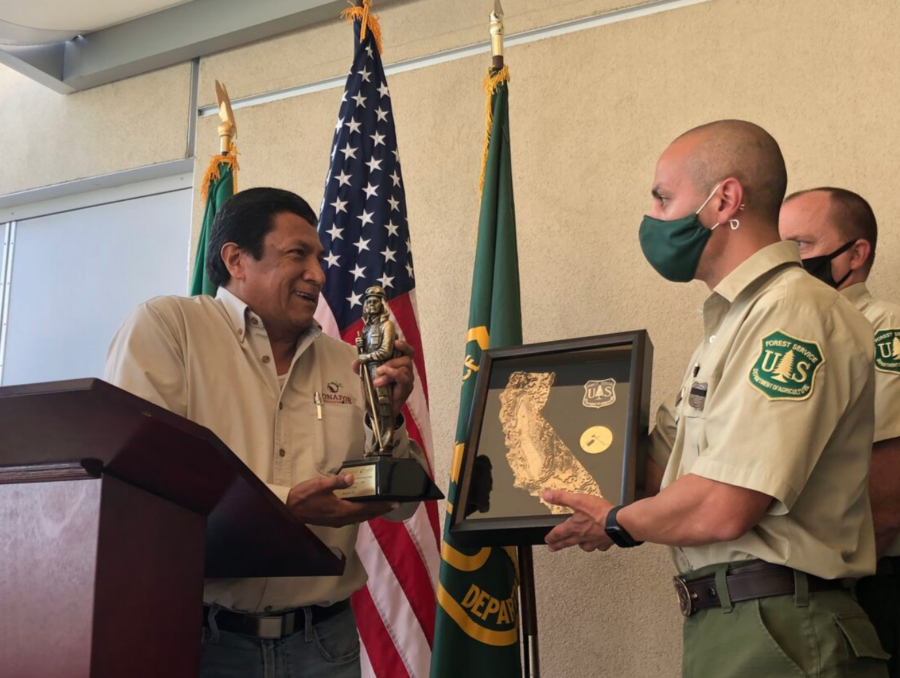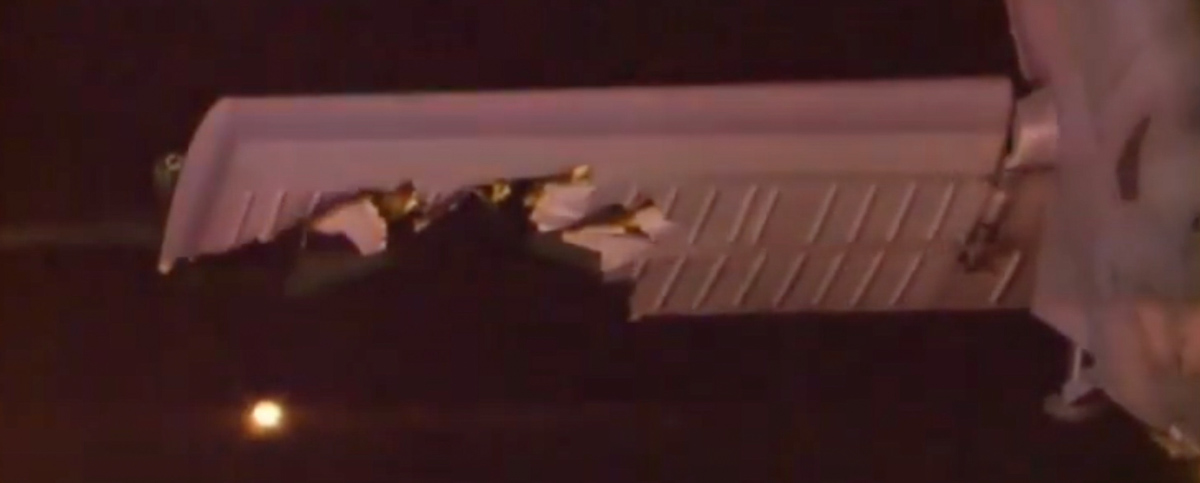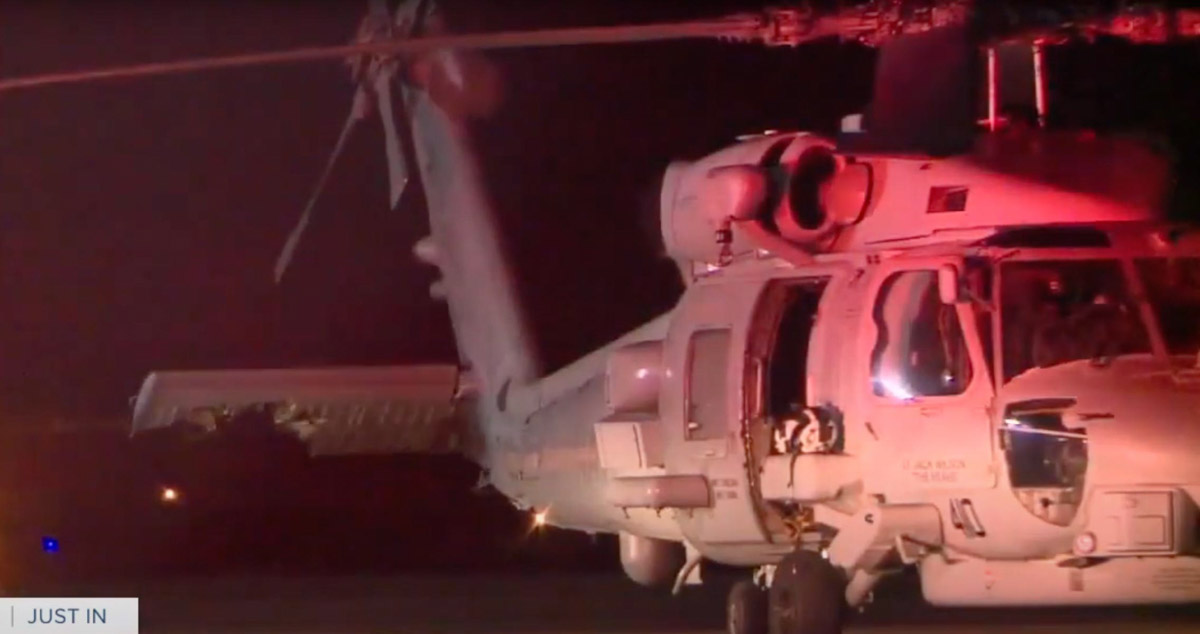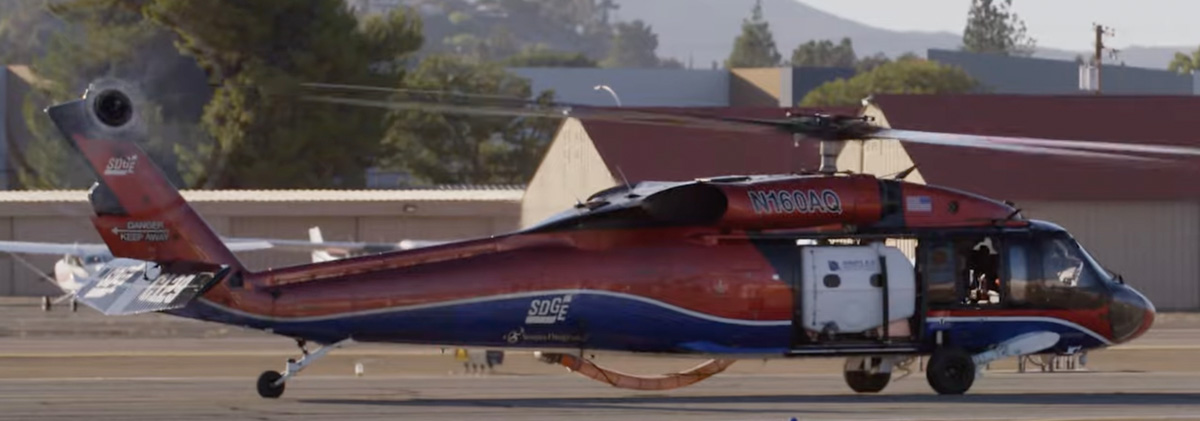January is Firefighter Cancer Awareness Month, and the International Association of Fire Fighters (IAFF) says that cancer is the leading cause of death among firefighters. Annual deaths from various forms of cancer account for more than 74 percent of the line-of-duty deaths added to the IAFF fallen firefighter memorial wall of honor each year.
The National Firefighter Registry program is finalizing its enrollment web portal, a voluntary registry of firefighters that collects occupational, lifestyle, and health information on firefighters to evaluate cancer rates and cancer risk factors in the U.S. fire service. The NFR was created by the Firefighter Cancer Registry Act of 2018 in response to growing evidence of carcinogenic exposures and increased risk for cancer faced by firefighters. The NFR is maintained by the U.S. National Institute for Occupational Safety and Health (NIOSH).
All U.S. firefighters, no matter their length of service, can participate in the Registry, including:
- Active, former, and retired firefighters
- Career, paid-on-call, and volunteer firefighters
- Structural firefighters
- Wildland firefighters
- Industrial firefighters
- Military firefighters
- Instructors
- Fire investigators
- Other fire service members
The Firefighter Cancer Support Network (FCSN) provides public education on the issue of cancer risk for firefighters. For more than 16 years the FCSN has provided support for firefighters and 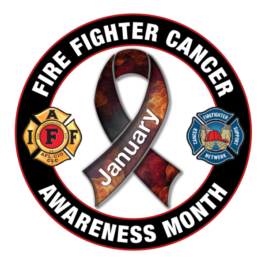 EMS members who have been diagnosed with cancer. The firefightercancersupport.org website includes information to educate firefighters and raise awareness about why cancer cases are on the rise in the fire service and how to limit day-to-day exposures to carcinogens. Resources are available for firefighters diagnosed with cancer.
EMS members who have been diagnosed with cancer. The firefightercancersupport.org website includes information to educate firefighters and raise awareness about why cancer cases are on the rise in the fire service and how to limit day-to-day exposures to carcinogens. Resources are available for firefighters diagnosed with cancer.
Since 2005, the nonprofit FCSN has provided assistance and one-on-one mentoring to thousands of cancer-stricken firefighters and their families. FCSN also delivers extensive firefighter cancer awareness and prevention training nationwide.

 This collaboration has its roots back in 1998, when Mexico suffered through its worst fire season on record and was mounting a massive response to try to contain environmental damage and community threat. According to a
This collaboration has its roots back in 1998, when Mexico suffered through its worst fire season on record and was mounting a massive response to try to contain environmental damage and community threat. According to a 